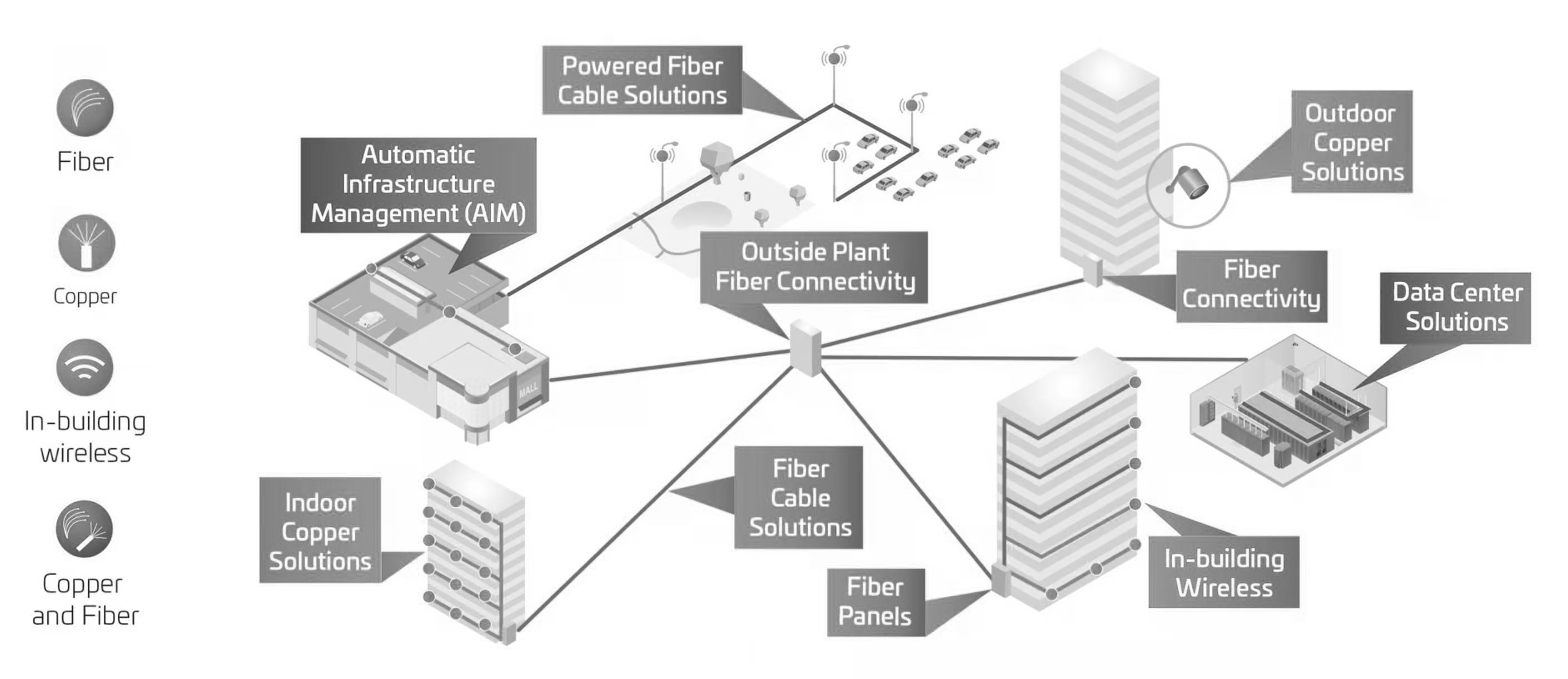In the 21st century, we are in an era of information explosion, and the demand for high-speed, stable and reliable network connections is increasing day by day. Among them, optical fiber networks have gradually become the core component of building modern communication infrastructure due to their unique advantages.

What is a fiber optic network?
An optical fiber network, also known as an optical cable network, is a communication network that uses optical cables as the transmission medium. It transmits data through optical pulses along optical fibers (a special type of glass fiber), allowing for higher bandwidth and longer transmission distances than traditional copper wire or cable networks.
The composition of fiber optic networks
Optical fiber network mainly consists of the following parts:
Advantages of Fiber Optic Networks
Fiber optic network applications
With the development and popularization of technology, optical fiber networks have penetrated into every aspect of our lives. From home broadband access, enterprise network construction, to data center interconnection between cities, transnational communications, and even in emerging fields such as 5G and the Internet of Things, optical fiber networks play an irreplaceable role.
future outlook
With the advancement of technology and the deepening of digital transformation, optical fiber networks will play an even more important role in the future communications field. The development of next-generation network technologies such as 5G, 6G and the Internet of Things will rely on the support of optical fiber networks. With the integration and application of technologies such as artificial intelligence, cloud computing and big data, the demand for high-speed, low-latency and reliable network connections will continue to grow, which will further promote the popularization and development of optical fiber networks.

In summary, optical fiber networks are becoming an important cornerstone for building future communications infrastructure due to their advantages such as high speed, stability, security and scalability. Both home users and enterprise users will benefit from this advanced technology and enjoy better and more efficient network services.